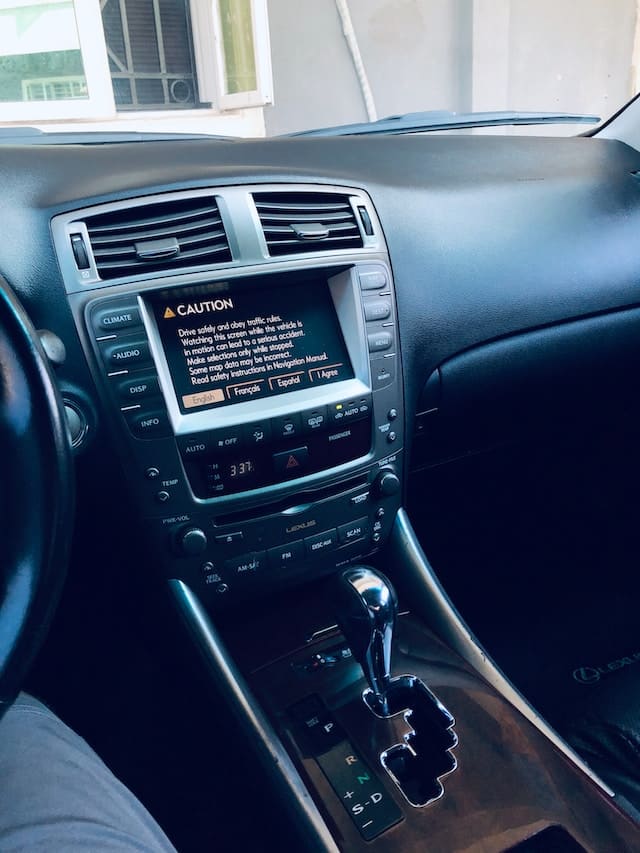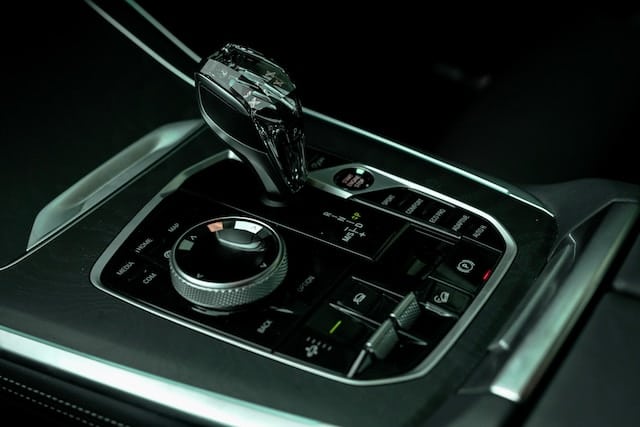
Are you concerned about how to tell if automatic transmission is slipping in your car? This article lays out the key indicators you need to be aware of and what actions to take if you spot them. Being vigilant about these signs can protect you from car failure and expensive repairs.
8 Signs Your Automatic Transmission Is Slipping
Sudden Gear Changes
If your car changes gears without your input, beware. This is one of the most straightforward signs of a slipping transmission. You’ll often feel the car ‘jump’ between gears.
Loss of Acceleration
Is your car sluggish despite pressing the gas pedal? Loss of acceleration is another red flag. You’ll notice the engine revs, but the car moves slowly.
High RPM
A high RPM reading (over 3,000) in normal driving conditions can indicate a problem. This is commonly seen in slipping transmissions. It can also cause wear and tear.
Delays in Acceleration
If you notice a delay when trying to accelerate, be cautious. This lag between pressing the gas pedal and the car actually moving is often a sign of a slipping transmission.
Inability to Reverse Vehicle
If your car refuses to go into reverse, this is a serious issue. It typically indicates significant transmission problems that require immediate attention.
Strange Noises
Hearing whining or humming sounds? This is often linked to transmission issues. Such noises can signify that the gears are not engaging properly.
Warning Light
Many modern cars have a transmission warning light. If it comes on, consult your owner’s manual and get your vehicle checked.
Poor Performance in One Gear
If your car performs well in some gears but poorly in others, take note. This uneven performance is another sign of a slipping transmission.
Can You Fix a Slipping Automatic Transmission? Possibilities and Limitations

Repairing a slipping automatic transmission is often possible, but the feasibility and cost depend on the severity of the issue. Minor problems like low fluid levels or old transmission fluid can be easily fixed. In such cases, a simple fluid change or adding more fluid may resolve the problem.
For more severe issues like worn-out gears or clutch plates, repairs can be complex and costly. A complete overhaul or transmission replacement might be needed.
In summary, yes, you can often fix a slipping automatic transmission, but it’s crucial to diagnose the issue early for a more affordable and straightforward repair. Always consult a qualified mechanic for an accurate diagnosis and treatment plan.
How much does it cost to fix slipping transmission?
The cost of fixing a slipping automatic transmission can vary widely based on the severity of the issue and labor costs in your area.
- Minor Issues (Fluid Change/Flush): Costs can range from $75 to $150. This is often the case for low or old transmission fluid.
- Moderate Issues (Worn Clutch Plates): You might spend between $500 to $1,000. This estimate includes parts and labor.
- Severe Problems (Overhaul or Replacement): Expect to pay $1,800 to $3,500 or more for complex repairs or full replacement.
In summary, prices can vary widely, from as low as $75 to more than $3,500. Always consult multiple mechanics for quotes to get the best deal.
Fixing vs. Replacing a Transmission: Cost Considerations
- Fixing Minor Issues: Repairing minor issues like fluid changes or fixing leaks can cost between $75 to $150. These are often more cost-effective to repair rather than replace the whole unit.
- Moderate Repairs: For problems like worn clutch plates or solenoids, repairs could range from $500 to $1,000. These might still be cheaper than a full replacement but should be evaluated carefully.
- Complete Overhaul or Replacement: Costs for these can run from $1,800 to $3,500 or more. At this point, the cost difference between fixing and replacing may be minimal, depending on labor rates and part costs.
In summary, fixing a transmission is generally cheaper for minor to moderate issues. However, for severe problems, the cost difference between fixing and replacing could be negligible. Always consult multiple mechanics for accurate diagnoses and estimates.
FAQ: How to Tell if Automatic Transmission Is Slipping?

Q: What are the main indicators that my automatic transmission is slipping?
A: Watch for sudden gear changes, loss of acceleration, high RPM during regular driving, strange noises, and warning lights on your dashboard.
Q: What does it mean if my car changes gears on its own?
A: If your car switches gears without your command, that’s a major sign of a slipping transmission. You’ll often experience a ‘jump’ between gears.
Q: How does a slipping transmission affect acceleration?
A: A slipping transmission will often result in poor acceleration. You might press the gas pedal, but the car will move at a sluggish pace.
Q: What should the RPM be during regular driving?
A: RPM readings can vary by car, but if it’s consistently above 3,500 during regular driving, that could indicate a slipping transmission.
Q: What should I do if I hear strange noises while driving?
A: Unusual sounds like whining or humming often suggest transmission issues. Consult a mechanic for diagnosis and repairs.
Q: What does the transmission warning light mean?
A: If this light comes on, it generally indicates a problem with your transmission. Refer to your owner’s manual and consult a mechanic.
Q: What should I do if I notice any of these symptoms?
A: If you observe one or more of these signs, consult a mechanic right away for a diagnostic check. Early intervention can save you from more severe problems and costly repairs.


